Electric Blue Tarantula, First of Its Kind, Discovered by Scientists
The electric blue color comes from the unique structure of their hair.
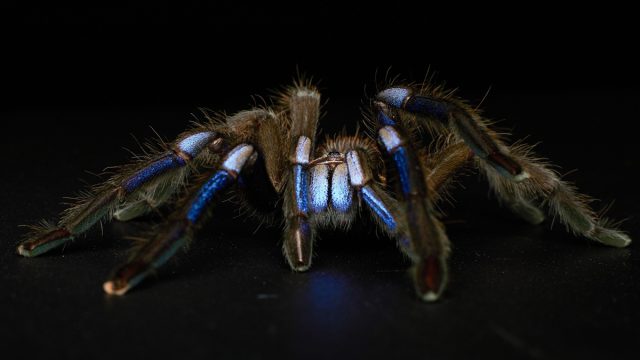
According to National Geographic, there are more than 45,000 different types of spiders in the world, with new species being discovered every year. Tarantulas, large and hairy spiders of the family Theraphosidae, are one of the most well-known kinds of 8-legged insects. As of August 2022, there were about 1,040 species of them identified and 156 genera. Recently, a new one was discovered, and it is electric blue.

Scientists discovered the electric blue tarantula, named Chilobrachys natanicharum, in Thailand. They published the findings in a study on September 18 in the journal ZooKeys.
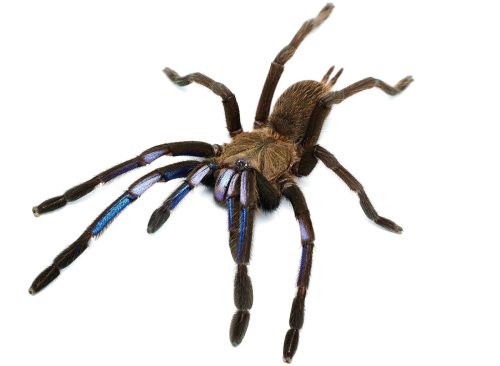
The tarantula was discovered in southern Thailand's Phang-Nga province and follows the identification of another new species of tarantula, Taksinus bambus, also called the bamboo culm tarantula.
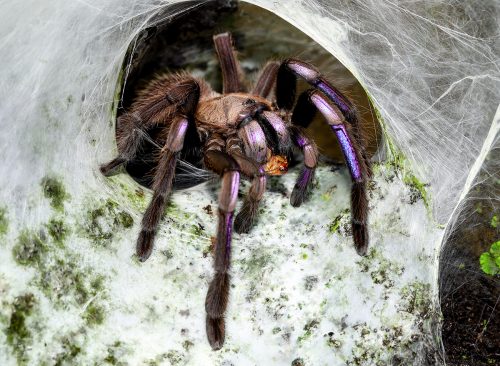
"In 2022, the bamboo culm tarantula was discovered, marking the first known instance of a tarantula species living inside bamboo stalks," study co-author and Khon Kaen University entomologist Narin Chomphuphuang said in a statement. "Thanks to this discovery, we were inspired to rejoin the team for a fantastic expedition, during which we encountered a captivating new species of electric blue tarantula."
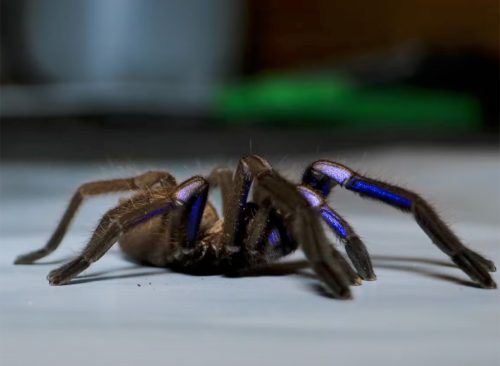
JoCho Sippawat, a local wildlife YouTuber, who found the previous tarantula, joined Chomphuphuang in 2023 for a surveying expedition to learn more about tarantula diversity and distribution. "The first specimen we found was on a tree in the mangrove forest. These tarantulas inhabit hollow trees, and the difficulty of catching an electric-blue tarantula lies in the need to climb a tree and lure it out of a complex of hollows amid humid and slippery conditions," Narin said. "During our expedition, we walked in the evening and at night during low tide, managing to collect only two of them."
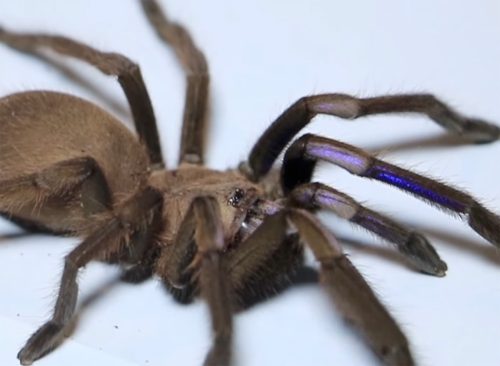
Blue is not a common color in nature. In order for an organism to appear blue, it must absorb very small amounts of energy while reflecting high-energy blue light, explains Popular Science. "Since penetrating molecules that are capable of absorbing this energy is a complex process, the color blue is less common than other colors in the natural world," they explain.
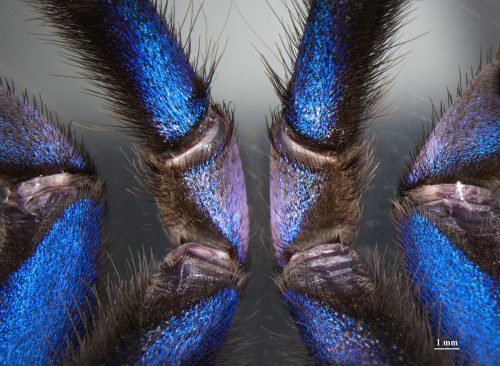
The study maintains the electric blue tarantula's color comes from the unique structure of their hair and not from a presence of blue pigment. "Their hair incorporates nanostructures that manipulate the light shining on it to create the blue appearance. Their hair can also display a more violet hue depending on the light, which creates an iridescent effect," explains the publication.
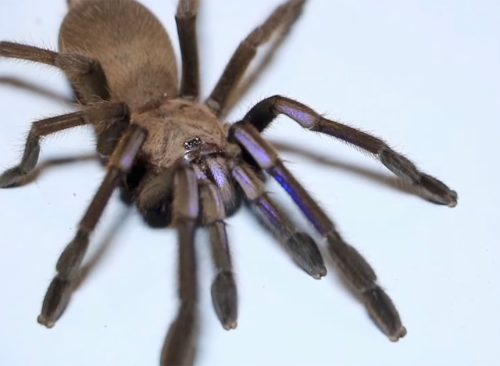
"The electric blue tarantula demonstrates remarkable adaptability. These tarantulas can thrive in arboreal as well as terrestrial burrows in evergreen forests," Narin said. "However, when it comes to mangrove forests, their habitat is restricted to residing inside tree hollows due to the influence of tides."
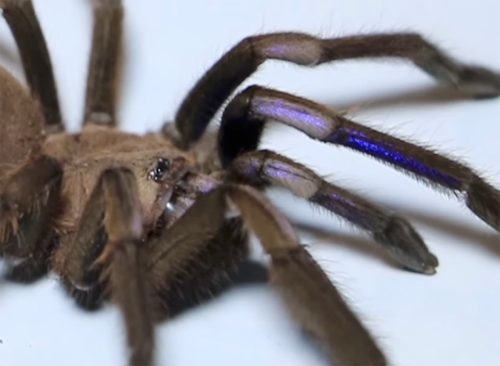
The authors conducted an auction campaign to name the new species and the scientific name of Chilobrachys natanicharum was selected. It was named after executives Natakorn and Nichada Changrew of Nichada Properties Co., Ltd., Thailand.
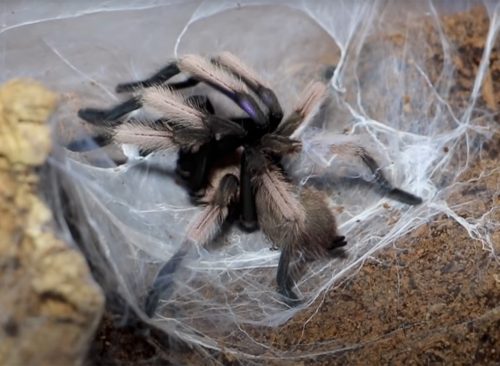
The authors maintain that this new discovery highlights the importance of taxonomy and the need to protect mangrove forests from deforestation, as the electric blue tarantula is also one of the world's rarest tarantulas.
RELATED: Surprising Signs You've Already Had COVID
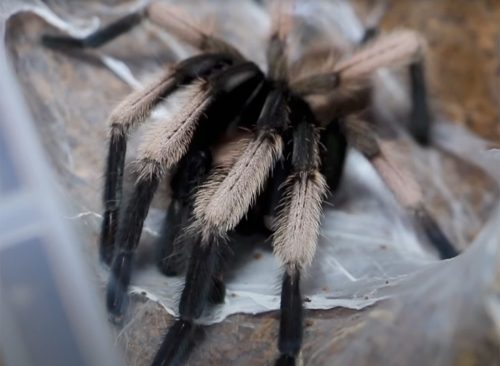
"This raises a critical question: Are we unintentionally contributing to the destruction of their natural habitats, pushing these unique creatures out of their homes?" the researchers ask in the conclusion of their study.














